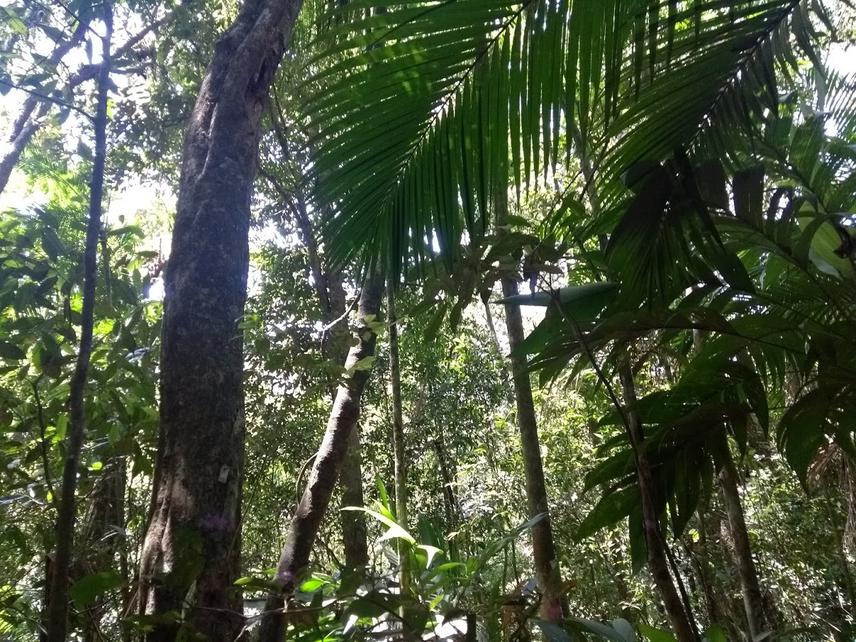Kauane Maiara Bordin
We aim estimate the above-ground biomass of tree communities in subtropical forests to compare with other forest ecosystems and evaluate their contribution to the global carbon cycle; Determine the annual net biomass change in the subtropical portion of the Brazilian Atlantic Forest (as a result of the growth, recruitment, and tree mortality) to evaluate the carbon sink capacity of these forests; Understand the role of plant functional traits, soil and climatic variables in drive forest biomass dynamics; Identify which functional traits predict forest species performance over time, thus advancing on functional ecology based on field data, interplaying traits, demography and species interactions in local communities; Improve the databases of plant functional traits of subtropical tree species by local trait collection; Reveal the importance of such forest areas for the maintenance of biomass stocks and ecological services, providing arguments and efforts for conservation purposes face of current and future climatic changes.

Forest remnant located at Maquiné, Rio Grande do Sul, Brazil. Note the pink marks and the tree tags, which represents the point of measure and individual tree identification. © Kauane Maiara Bordin
Ecosystem conservation aims to maintain fundamental ecological services under the current and predicted global changes. One of the very fundamental ecosystem services of forests is the capacity to store carbon (often measured as above-ground biomass (AGB)). We evaluated AGB dynamics and its components: growth, recruitment and mortality of trees in a specific forest site located in Santa Catarina Brazilian state (SC). We observed a high reduction in AGB associated to an increase in mortality rates (from 1.5 Mg/yr-1 to 6.1 Mg/yr-1). A decline in biomass accumulation capacity has been recently observed for the Amazon forest, where current environmental scenarios show an increasing in deforestation, species extinctions and reduced carbon sink capacity (Brienen et al. 2015, Nature 519:344-348). Such studies are scarce in the Brazilian Atlantic forest (BAF), a biodiversity hotspot threatened by fragmentation, with very few areas being monitored consistently over time, especially in our region (the subtropical portion).
This work proposes an intensification of the monitoring in subtropical forests of the BAF to evaluate whether the locally increase in mortality observed in the previous study (master thesis) is a regional phenomenon, and to understand which drivers (structure and plant functional traits, climatic or edaphic conditions) are most important for species and community changes over time. It is vital to better conservation actions, the understanding of the current state of the AGB and forest dynamics in subtropical forests, especially for the BAF. We are yet to know how subtropical forests respond to current climate (temperature and precipitation conditions), which hamper us from making any reliable future predictions. Long-term forest monitoring allows us to understand how the current status (in terms of biomass stocks and functional traits, for example) and climate affect forest dynamics, being fundamental for further predictions. The conservation outputs of this work are related to:
(i) identifying potential shifts in carbon balance over time, which may provide information for ecosystem services understanding and conservation;
(ii) information for predicting and modelling the forest responses to climate changes;
(iii) information about the dynamics of community and species, which may provide strong arguments for maintenance of conservations units (community and ecosystem level) and for supporting species protection (population level) through a better understanding of demographic parameters over time at local and regional spatial scales.